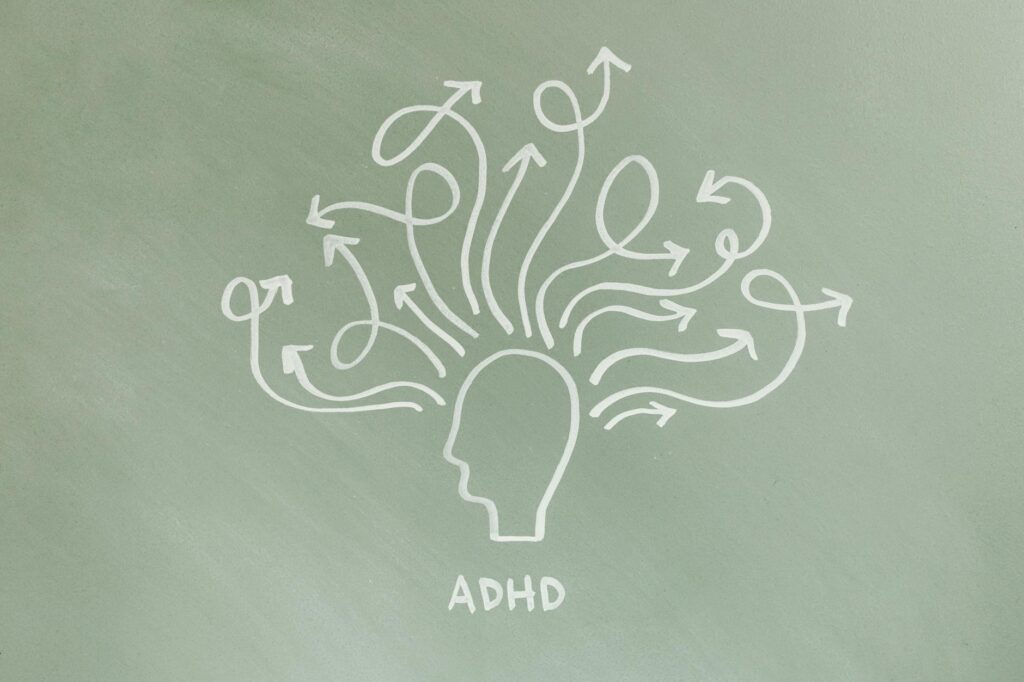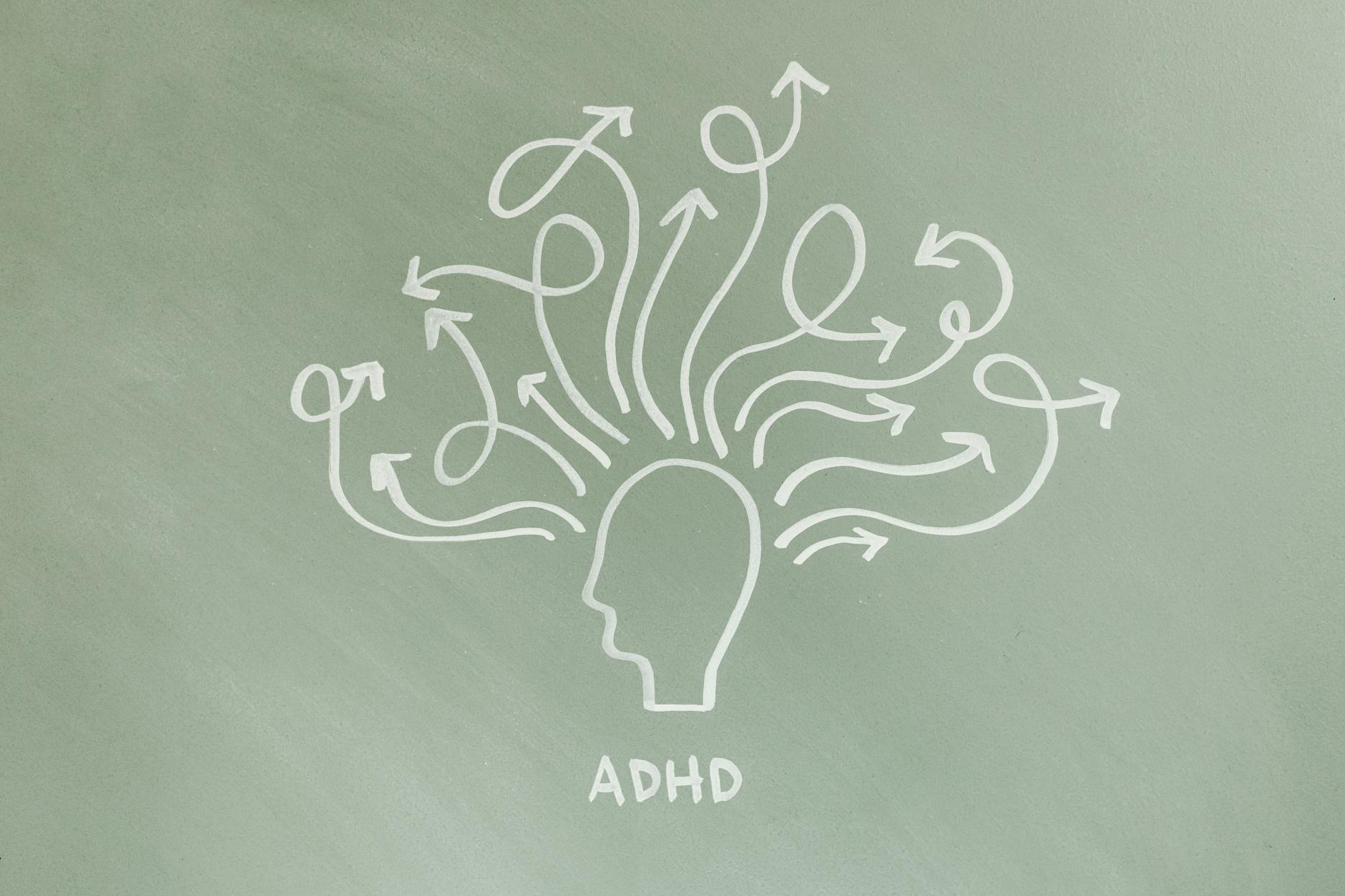What is neurodiversity?

What is neurodiversity?
Neurodiversity is a concept that recognizes and celebrates the variety of ways human brains function. It suggests that neurological differences, such as those seen in autism, ADHD, dyslexia, and other conditions, are not deficits but rather natural variations. Understanding neurodiversity is crucial for fostering an inclusive society where everyone can thrive.

Photo by Tara Winstead
Understanding Neurodiversity
Definition of Neurodiversity
At its core, neurodiversity means that people think, learn, and interact in unique ways. This perspective allows us to appreciate the diverse cognitive styles that exist in our world. The idea is that there is no single “right” way for the brain to operate. Instead, variations in mental function are just as normal as variations in physical appearance.
This definition challenges traditional views of neurological conditions as mere disorders, shifting the focus toward strengths, talents, and the potential contributions of neurodivergent individuals. For a deeper insight, you can refer to Harvard Health.
Historical Context
The term “neurodiversity” emerged from the disability rights movement in the late 1990s. Advocates began recognizing that many neurological conditions brought unique strengths alongside challenges. This movement aimed to reframe the narrative surrounding conditions like autism and ADHD, moving away from negative perceptions to a more balanced understanding.
What started as a way to advocate for individuals with autism has expanded to include a variety of conditions that affect how people think and process information. The concept encourages acceptance and respect for all types of human minds, reflecting a shift toward inclusivity in society. For more historical context, check out the Child Mind Institute.
Types of Neurodivergent Conditions
Neurodiversity encompasses a range of conditions. Here are some of the most recognized types:
Autism Spectrum Disorder (ASD)
Autism is characterized by a wide range of symptoms and behaviors. Those on the spectrum may face challenges in communication and social interactions, but they also often possess remarkable strengths, such as attention to detail or exceptional memory capabilities. Some individuals with autism excel in specific areas, like mathematics, art, or technology.
Attention Deficit Hyperactivity Disorder (ADHD)
ADHD is another common neurodivergent condition. Symptoms include difficulties with focus, impulsivity, and hyperactivity. However, individuals with ADHD often exhibit high levels of creativity and energy. Many thrive in fast-paced environments where their spontaneous thinking can be an asset. You can find more about ADHD’s advantages in this Medvidi article.
Dyslexia and Other Learning Differences
Dyslexia primarily affects reading and writing skills. People with dyslexia often think in visual and spatial terms, giving them unique problem-solving abilities. Other learning differences, such as dyspraxia and dyscalculia, also showcase the diverse cognitive styles that exist. Recognizing these differences helps us appreciate the varied ways people process information.
The Importance of Embracing Neurodiversity
Understanding and accepting neurodiversity is crucial for building a more inclusive society. Here are a couple of key reasons why this acceptance matters:
Promoting Inclusion and Acceptance
When we embrace neurodiversity, we create environments that welcome individuals with different cognitive styles. This inclusion leads to better collaboration, innovation, and overall productivity in workplaces and schools. A commitment to neurodiversity fosters understanding and respect among diverse groups, which is essential for a harmonious society. For insights on fostering inclusion in the workplace, see Forbes.
Enhancing Creativity and Innovation
Neurodiversity brings unique perspectives to problem-solving and innovation. People with different cognitive styles approach challenges in ways that neurotypical individuals may not consider. This diversity of thought can lead to groundbreaking ideas and solutions across various fields, from technology to the arts. Embracing neurodiversity not only enriches our communities but also drives progress and creativity. Learn more about this concept in a Blue Ocean Brain blog post.
Strategies for Supporting Neurodiversity
Supporting neurodiversity means implementing practical strategies in various settings. Here are some effective approaches:
Creating Accommodating Environments
Creating spaces that cater to diverse cognitive needs is essential. This may involve flexible workspaces, quiet areas for focus, or visual aids in classrooms. Small changes can make a significant difference in helping neurodivergent individuals feel comfortable and valued. For more tips, check out Edutopia’s guide.
Implementing Effective Communication Techniques
Effective communication is vital in supporting neurodivergent individuals. This includes using clear, concise language and being open to different communication styles. Listening actively and adapting how we convey information can help bridge gaps and foster understanding.
Conclusion: The Future of Neurodiversity
Embracing neurodiversity is not just about acknowledging differences; it’s about celebrating them. As we continue to recognize and value these unique cognitive styles, we pave the way for a more inclusive and innovative future. By fostering environments that support neurodiverse individuals, we can unlock their potential and benefit society as a whole. The journey toward acceptance and understanding is ongoing, but with every step, we move closer to a world where everyone can thrive.